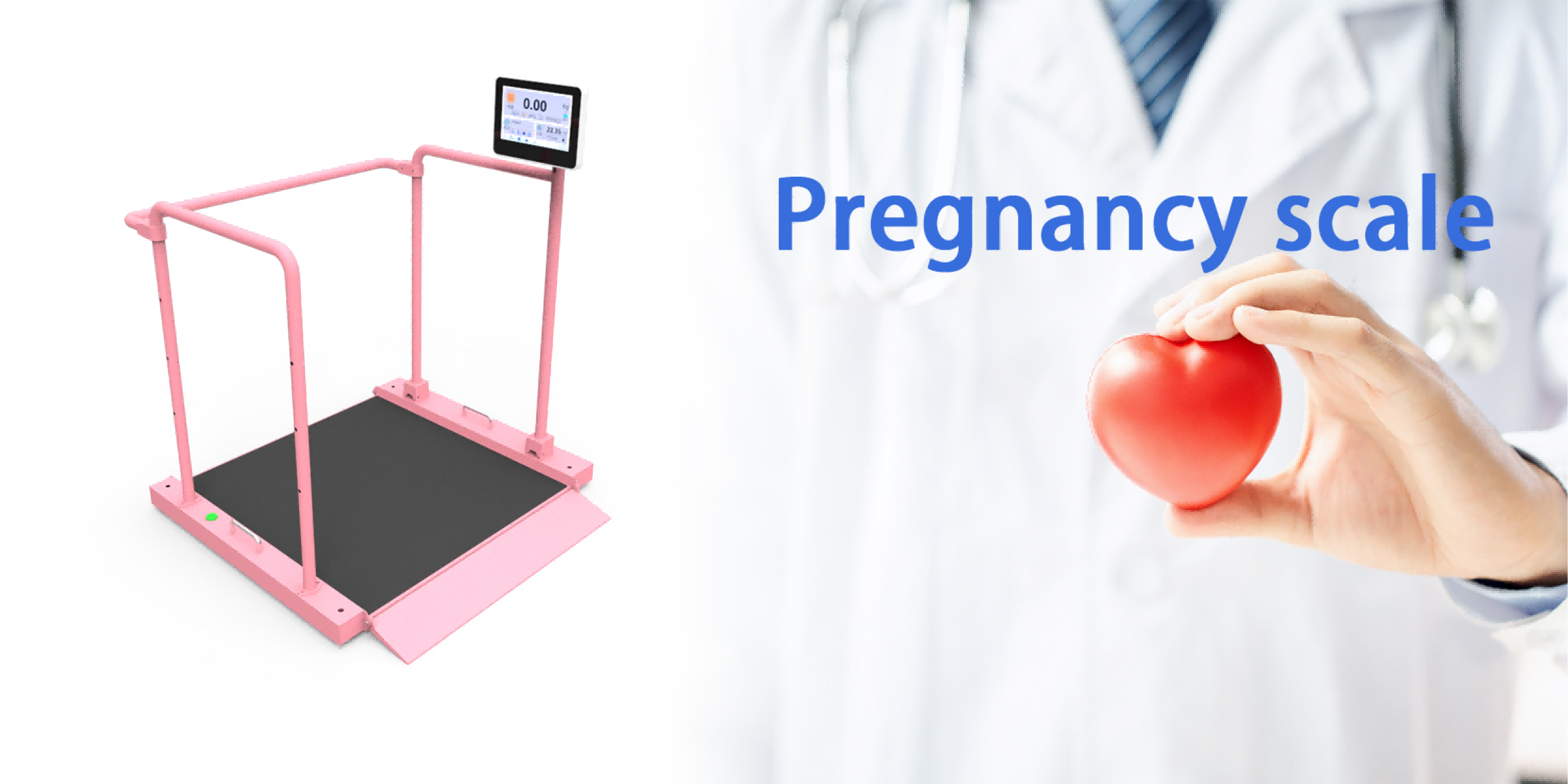To investigate the effect of pregnancy weight gain on the occurrence of gestational diabetes mellitus (GDM) in the third trimester, and to provide evidence for clinical prevention and treatment of GDM in the third trimester. Methods 457 pregnant women admitted to the Second Affiliated Hospital of Dalian Medical University from January 1, 2022 to December 31, 2022 were selected as the study subjects. A total of 105 pregnant women with GDM in late pregnancy (GDM group) and 352 pregnant women with normal glucose metabolism (non-GDM group) were enrolled. According to the "Recommended Value Standard for Weight Gain of Women during Pregnancy" (WS/T801-2022), pregnant women in the GDM group and non-GDM group were divided into four groups according to the pre-pregnancy body mass index (BMI), namely, lean group, normal group, superstructure group, and obese group. Each group was further divided into 3 subgroups: too little weight gain group, suitable weight gain group and too much weight gain group. The differences of age, height, pre-pregnancy BMI, gestational week, pre-pregnancy weight, gestational weight gain, gestational weight gain and pregnancy number and weight gain of each subgroup were compared between the non-GDM group and the GDM group in lean group, normal group, superstructure group and obesity group, respectively. The differences of age, height, pre-pregnancy BMI, gestational week, pre-pregnancy weight, the number of GDM cases and the number of pregnancies were compared among the weight gain subgroups during pregnancy, and the influencing factors of the occurrence of GDM in the late pregnancy were analyzed by Logistic multivariate regression. Results In the lean group, the pre-pregnancy weight gain, pregnancy weight gain and suitable weight gain group in the non-GDM group were higher than those in the GDM group, and the gain in the underweight gain group was lower than that in the GDM group, the difference was statistically significant (P<0.05), and the incidence of GDM among all subgroups was statistically significant (χ2=6.801, P=0.048). Low weight gain during pregnancy (OR=7.140, 95%CI 1.147-44.466, P=0.035) was a risk factor for GDM in the third trimester. In the normal group, the weight gain during pregnancy in the non-GDM group and the weight gain in the underweight gain group was lower than that in the GDM group, the difference was statistically significant (P<0.05), and the incidence of GDM among all subgroups was statistically significant (χ2=7.543, P=0.023). Excessive weight gain during pregnancy (OR=2.456, 95%CI1.147-5.256,P=0.021) was a risk factor for GDM in the third trimester. Within the supercombination, the number of pregnancies in the non-GDM group was less than that in the GDM group, and the weight gain before pregnancy was higher than that in the GDM group, the difference was statistically significant (P<0.05), and the incidence of GDM among all subgroups was statistically significant (χ2=6.083,P=0.048). Excessive weight gain during pregnancy (OR=3.378,95%CI 1.215-11.510,P=0.021) was a risk factor for GDM in the third trimester. Conclusion The relevant medical institutions should pay attention to the popularization of the appropriate value of weight gain during pregnancy when conducting antenatal examination and education for pregnant women in their area. For pregnant women with 75 g OGTT screening at 24-28 weeks of gestation for the first time, the result is negative, but the weight gain during pregnancy is not up to standard, one or more 75 g OGTT screening can be added during daily antenatal examination



